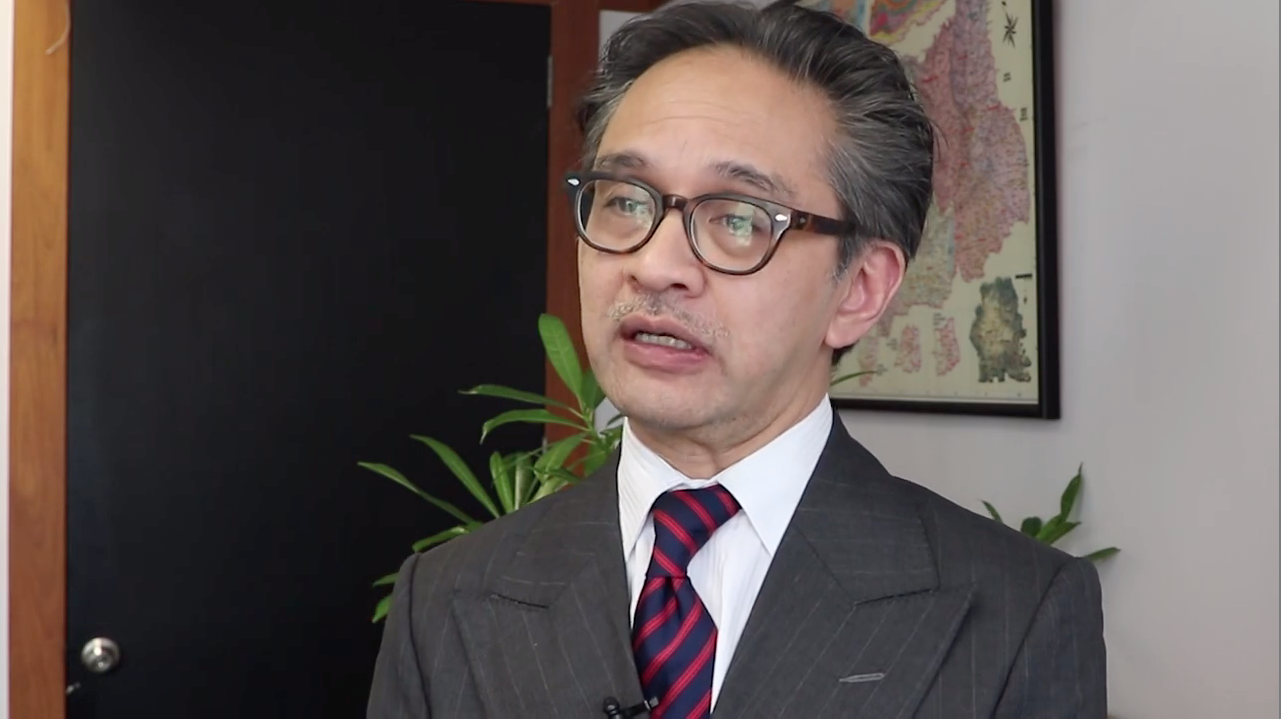Saudi Arabia and the United Arab Emirates are two of the most important oil producers in the world. For decades, their economies relied heavily on oil exports to fund state budgets, infrastructure, and social programs. Today, both countries are trying to reduce this dependence. They are investing in new sectors and pushing reforms to build more diverse and sustainable economies. This shift is not only reshaping their domestic priorities but also changing the balance of global energy politics.
Saudi Arabia’s Vision 2030 outlines its strategy for diversification. Launched in 2016, the plan focuses on building a strong private sector, increasing foreign investment, and developing industries such as tourism, logistics, technology, and manufacturing. The country has already started large-scale projects to support these goals. NEOM, a planned $500 billion smart city, is one of the most visible examples. It aims to attract global talent, support advanced industries, and create new sources of income beyond oil.
Tourism is another key target. Saudi Arabia opened to international tourists in 2019 and plans to attract 100 million annual visitors by 2030. The Red Sea Project and Diriyah Gate are designed to offer cultural and leisure experiences that appeal to global travelers. These projects also support job creation in hospitality, transport, and construction. As of 2024, tourism accounts for nearly 4 percent of Saudi GDP, up from under 1 percent in 2016.
The UAE took a similar path earlier. Dubai began its diversification push in the early 2000s, investing in trade, real estate, finance, and tourism. Today, oil makes up less than 1 percent of Dubai’s GDP. Abu Dhabi, while more dependent on oil, has also made progress. The UAE now ranks among the world’s top logistics hubs. Emirates Airlines, Jebel Ali Port, and Etihad Rail all support this shift. The country also launched the “Operation 300bn” strategy to grow its industrial sector and raise the share of manufacturing in GDP to 25 percent by 2031.
Both countries are investing heavily in renewable energy. The UAE was the first Gulf country to commit to net-zero emissions by 2050. It has built major solar projects, including the Mohammed bin Rashid Al Maktoum Solar Park, which aims to produce 5,000 megawatts by 2030. Saudi Arabia followed with its own net-zero pledge for 2060. It is building one of the world’s largest green hydrogen projects in NEOM and aims to generate half its electricity from renewable sources by 2030.
These shifts are reshaping energy geopolitics. As oil exporters reduce their own reliance on oil, they also seek to manage market stability. Both countries play leading roles in OPEC+ and have used production cuts to influence global oil prices. At the same time, they are preparing for a future where oil demand growth slows. This dual strategy—managing current oil revenue while preparing for a post-oil economy—gives them more leverage in global discussions about energy transition.
Energy investments are also changing. Gulf sovereign wealth funds, backed by oil revenue, are shifting capital into sectors like tech, logistics, clean energy, and artificial intelligence. Saudi Arabia’s Public Investment Fund and Abu Dhabi’s Mubadala and ADQ are taking large stakes in companies around the world. These investments serve two purposes: they reduce exposure to oil markets and bring knowledge and technology back to support domestic diversification.
The shift also impacts labor markets. In both countries, governments are encouraging citizens to work in private sector roles, especially in finance, tech, tourism, and industry. “Saudization” and “Emiratization” programs aim to increase national employment in non-oil sectors. These policies face challenges. Many citizens still prefer government jobs, and the private sector often relies on low-cost foreign labor. Meeting diversification goals will require stronger education systems, better training programs, and improved labor market incentives.
Foreign partnerships support this transition. Saudi Arabia and the UAE have signed major deals with companies in China, the United States, Europe, and Asia. These partnerships bring in capital, expertise, and global connections. For example, the UAE signed energy and infrastructure agreements with South Korea, while Saudi Arabia has partnered with Chinese firms on renewable energy and mining projects. These relationships also serve broader geopolitical interests by strengthening ties outside traditional Western alliances.
Despite progress, there are limits. Oil still provides most of the revenue for both countries. In Saudi Arabia, oil made up over 70 percent of government income in 2023. The UAE’s federal budget also depends on hydrocarbon exports, especially in Abu Dhabi. These revenues fund the diversification process itself, so a major drop in oil prices could slow progress.
There are also risks tied to the global energy transition. As more countries adopt electric vehicles, solar power, and energy efficiency measures, oil demand growth may slow or reverse. This puts pressure on Gulf states to speed up reforms. Delays in delivering infrastructure, weak private sector growth, or failure to attract enough foreign investment could limit the impact of current plans.
Your understanding of global energy markets should account for this shift. The Gulf states are not waiting for the world to move away from oil. They are taking action now to prepare for a different future. These changes affect global investment flows, energy trade routes, and geopolitical alliances. For example, increased Gulf investment in Asia reflects a pivot toward new growth markets. Greater emphasis on renewable energy also makes the region more relevant to global climate goals.
If you engage with these markets, whether through trade, finance, energy, or logistics, you should factor in these transitions. Saudi Arabia and the UAE will remain key players in energy, but their role will look different. They are moving from oil exporters to diversified hubs for trade, investment, and innovation. How they succeed will shape not only their economies but also global energy and political dynamics over the next two decades.



